Introduction to Educational Video Games
In today's rapidly evolving educational landscape, technology plays an increasingly pivotal role. From interactive whiteboards to online learning platforms, educators are constantly seeking innovative ways to enhance student engagement and facilitate deeper learning. Among these technological advancements, educational video games have emerged as a powerful tool to captivate students' attention and stimulate their interest in various subjects. Unlike traditional teaching methods, educational video games leverage the immersive nature of gaming to create dynamic and interactive learning environments. These games are designed to be both entertaining and educational, providing students with opportunities to explore new concepts, develop critical skills, and engage in meaningful learning experiences. As schools and educators continue to recognize the potential of educational video games, their integration into the curriculum is becoming more widespread, paving the way for a new era of digital learning.
By incorporating elements of storytelling, strategy, and problem-solving, educational video games offer a unique approach to learning that resonates with students, particularly those in middle school. These games not only make learning fun but also foster a sense of achievement and motivation, which are crucial for maintaining high levels of student engagement. As we delve deeper into the impact of educational video games on student engagement, it becomes evident that these digital tools hold the potential to revolutionize traditional educational paradigms, making learning more accessible, interactive, and enjoyable for students of all ages.
The Benefits of Educational Video Games
Educational video games offer a multitude of benefits that extend beyond mere entertainment, transforming the way students learn and engage with educational content. These games are particularly effective in enhancing critical thinking, improving problem-solving skills, and fostering collaboration and communication among students. Let’s explore these benefits in detail.
Enhancing Critical Thinking
Educational games are designed to challenge players with various decision-making and problem-solving tasks that require deep thinking and analysis. These games often present scenarios where students must weigh different options, consider potential outcomes, and make strategic decisions. This process mirrors real-life situations where critical thinking is essential. For example, strategy-based games require players to plan their moves carefully, anticipate opponents' actions, and adapt their strategies based on new information. By regularly engaging in such activities, students develop their ability to think critically, analyze situations, and make informed decisions.
Improving Problem-Solving Skills
One of the most significant advantages of educational video games is their ability to enhance problem-solving skills. These games often present complex problems that require players to find creative solutions. Whether it’s navigating through a maze, solving puzzles, or completing quests, students learn to approach problems methodically and think outside the box. This active engagement with challenging scenarios helps students develop resilience and persistence, as they learn that overcoming obstacles often requires trial and error, patience, and innovative thinking. The problem-solving skills acquired through gaming can be directly applied to academic subjects and real-world situations, making students more adept at tackling various challenges.
Developing Collaboration and Communication
Many educational video games feature multiplayer modes that encourage students to work together to achieve common goals. These games promote teamwork, as players must communicate effectively, share information, and coordinate their actions to succeed. This collaborative environment helps students develop essential interpersonal skills, such as active listening, clear communication, and the ability to give and receive feedback. For example, in games where players form teams to solve puzzles or defeat opponents, they must rely on each other's strengths and work together harmoniously. These experiences teach students the value of cooperation and the importance of building strong, communicative relationships with their peers.
By incorporating these benefits into their design, educational video games provide a rich, interactive learning experience that goes beyond traditional educational methods. They engage students in a way that fosters a love for learning, motivates them to explore new concepts, and equips them with essential skills for academic and personal success. As educators and parents recognize the profound impact of these games, their use in educational settings is likely to continue growing, offering students a more dynamic and effective way to learn.
Skills Enhanced by Educational Video Games
Educational video games are not just about fun; they are powerful tools that enhance various cognitive and social skills crucial for a child's development. Here’s a closer look at some of the key skills that educational games help to develop:
Critical Thinking
Educational video games are designed to engage students in complex scenarios that require careful thought and analysis. Games that involve strategy and planning force players to evaluate situations, consider various outcomes, and make informed decisions. This ongoing engagement helps students sharpen their critical thinking abilities, enabling them to process information logically and systematically.
Problem-Solving
Many educational games are centered around solving puzzles or completing challenging tasks. These games require players to think creatively and approach problems from different angles. By repeatedly engaging in such activities, students learn to develop and implement effective problem-solving strategies. This not only helps them in the game but also enhances their ability to tackle real-life problems with confidence and creativity.
Attention
Educational video games often require players to focus on specific tasks, follow instructions, and stay engaged over extended periods. This sustained attention helps improve concentration and focus, skills that are crucial for academic success. Games that require players to keep track of multiple elements and manage resources effectively also help in developing multitasking abilities and maintaining focus under pressure.
Creativity
The interactive and often open-ended nature of educational video games encourages students to think creatively. Whether it's designing a virtual world, coming up with unique solutions to problems, or exploring different ways to achieve objectives, these games foster an environment where creativity can flourish. This aspect of gaming nurtures a child’s ability to think outside the box and approach tasks with an innovative mindset.
In summary, educational video games provide a dynamic platform for developing critical thinking, problem-solving, attention, and creativity. These skills are not only beneficial for academic pursuits but also essential for personal and professional growth. By integrating these games into educational settings, we can offer students a more engaging and effective way to develop these important skills.
Current Trends in Educational Video Games
Educational video games have seen significant advancements and adoption in recent years, driven by both technological innovation and a growing recognition of their potential in enhancing learning outcomes. Two major trends stand out: the integration of these games into the curriculum and the technological advancements that have transformed the gaming experience.
Integration into Curriculum
Educational video games are increasingly being incorporated into school curriculums worldwide. Educators are recognizing the value of these games in making learning more engaging and interactive. For example, in the United States, schools have integrated games like "Minecraft: Education Edition," which allows students to explore historical sites, learn about sustainable farming, and understand complex scientific concepts through immersive experiences. Similarly, "DragonBox," a series of educational games that teach mathematics, has been adopted by schools to help students grasp fundamental math concepts in a fun and engaging way.
Another excellent example is "Hua Mulan: A Chinese Learning Adventure," developed using Odeum Studio. This game integrates language learning with an engaging narrative set in ancient China. By guiding Mulan through various quests, students learn Chinese vocabulary and grammar in a contextual and meaningful way. The game’s integration into language learning curriculums has shown promising results in maintaining student engagement and improving retention rates.
Technological Advances
The rapid advancement of technology has significantly enhanced the educational gaming experience. Virtual reality (VR) and augmented reality (AR) are two of the most exciting developments in this field. These technologies provide immersive learning environments where students can interact with the content in three dimensions. For instance, VR platforms like "ClassVR" offer a range of educational experiences, from exploring the human body to traveling back in time to witness historical events firsthand.
Artificial intelligence (AI) is another game-changer in educational video games. AI can personalize the learning experience by adapting the game’s difficulty based on the player's performance, providing tailored feedback, and identifying areas where the student needs improvement. Games like "Sokikom," which focuses on elementary math skills, use AI to track student progress and adjust challenges to suit individual learning paces.
Additionally, advancements in mobile technology have made educational games more accessible. Tablets and smartphones enable students to learn anytime and anywhere, making it easier to integrate educational gaming into daily routines. This accessibility has expanded the reach of educational video games, allowing more students to benefit from interactive and engaging learning tools.
In summary, the integration of educational video games into school curriculums and the continuous technological advancements are shaping the future of education. By leveraging these trends, educators can create more engaging, personalized, and effective learning experiences that resonate with today’s tech-savvy students.
The Future of Educational Video Games
As we look towards the future, the potential of educational video games continues to expand, driven by emerging technologies and the growing demand for personalized learning experiences. These advancements promise to further enhance student engagement and provide more effective educational outcomes.
Emerging Technologies
Emerging technologies like artificial intelligence (AI) and virtual reality (VR) are set to revolutionize educational video games. AI-driven adaptive learning systems can analyze a student’s performance in real-time, tailoring the difficulty and content to their individual needs. This level of personalization ensures that students are continuously challenged at an appropriate level, keeping them engaged and motivated. AI can also provide instant feedback and support, helping students understand mistakes and learn more effectively.
Virtual reality and augmented reality (AR) will also play a significant role in the future of educational games. These immersive technologies can create realistic, interactive environments where students can explore new concepts and practice skills in a hands-on manner. Imagine students learning about ancient civilizations by virtually walking through historical sites or understanding complex scientific phenomena by interacting with 3D models. Such experiences can make learning more tangible and memorable.
Personalized Learning
One of the most exciting prospects for educational video games is their ability to offer personalized learning experiences. Personalized learning tailors educational content to the individual needs, preferences, and learning styles of each student. This approach has been shown to improve engagement, comprehension, and retention of information.
Educational games for middle school students, like "Hua Mulan: A Chinese Learning Adventure," exemplify this potential. Developed with Odeum Studio, the game adapts to each student’s progress, providing customized challenges and content that cater to their learning pace. By immersing students in a culturally rich environment, the game not only teaches Chinese language skills but also fosters a deeper understanding of Chinese history and culture. This personalized, contextual learning helps students relate better to the material, enhancing both engagement and educational outcomes.
Student Engagement Through Digital Learning
The future of educational video games is bright, with a clear trajectory towards more personalized, engaging, and effective learning tools. As educators and developers continue to innovate, these games will become increasingly integrated into mainstream education, transforming the way we approach teaching and learning.
The continuous evolution of educational video games is crucial for maintaining student engagement in a digital age. As we embrace these technologies, we can expect to see more sophisticated and immersive learning experiences that not only captivate students but also equip them with the skills and knowledge they need to succeed in an ever-changing world.
In conclusion, the integration of emerging technologies and the focus on personalized learning are set to drive the future of educational video games. These advancements will make digital learning more effective and engaging, helping students achieve better educational outcomes. By leveraging tools like "Hua Mulan: A Chinese Learning Adventure," we can provide students with enriching, immersive, and personalized learning experiences that make education both fun and impactful.
Lasting Impact
Educational video games are more than just a trend; they represent a significant shift in how we approach teaching and learning. The benefits of these games, from enhancing critical thinking and problem-solving skills to fostering collaboration and creativity, are profound. As we have discussed, the integration of educational video games into curriculums and the ongoing technological advancements promise to make learning more engaging and effective for students.
Recap of Benefits
To recap, educational video games offer a dynamic platform that enhances various cognitive and social skills. They promote critical thinking by presenting students with decision-making and problem-solving challenges, improving their ability to analyze situations and make informed choices. These games also foster creativity, attention, and perseverance, essential skills for academic and personal success. Additionally, multiplayer educational games encourage collaboration and communication, teaching students to work together and build strong interpersonal relationships.
Tools like "Hua Mulan: A Chinese Learning Adventure" demonstrate how educational video games can be integrated into the learning process effectively. Developed using Odeum Studio, this game provides a personalized learning experience that adapts to each student’s progress, making the educational journey both engaging and relevant. By immersing students in a culturally rich environment, "Hua Mulan" teaches Chinese language skills and provides a deeper understanding of Chinese history and culture, enhancing student engagement through digital learning.
Final Thought
The transformative potential of educational video games in student engagement cannot be overstated. As we continue to embrace these innovative tools, we pave the way for a more interactive, personalized, and effective educational experience. Educational video games, like those designed for middle school students, offer a glimpse into the future of learning—one where technology and education work hand in hand to create enriching, immersive learning environments.
By leveraging the principles of game-based learning and incorporating advanced technologies, we can provide students with the tools they need to succeed in an ever-changing world. The lasting impact of these educational games will be seen in how they foster a love for learning, motivate students to explore new concepts, and equip them with the skills necessary for future challenges. As parents, educators, and developers, we have the opportunity to harness the power of educational video games to transform the way we educate and inspire the next generation.
In conclusion, educational video games are poised to become a cornerstone of modern education, offering unparalleled opportunities for personalized learning and student engagement. By embracing this innovative approach, we can ensure that our children are not only well-educated but also excited about the process of learning itself.




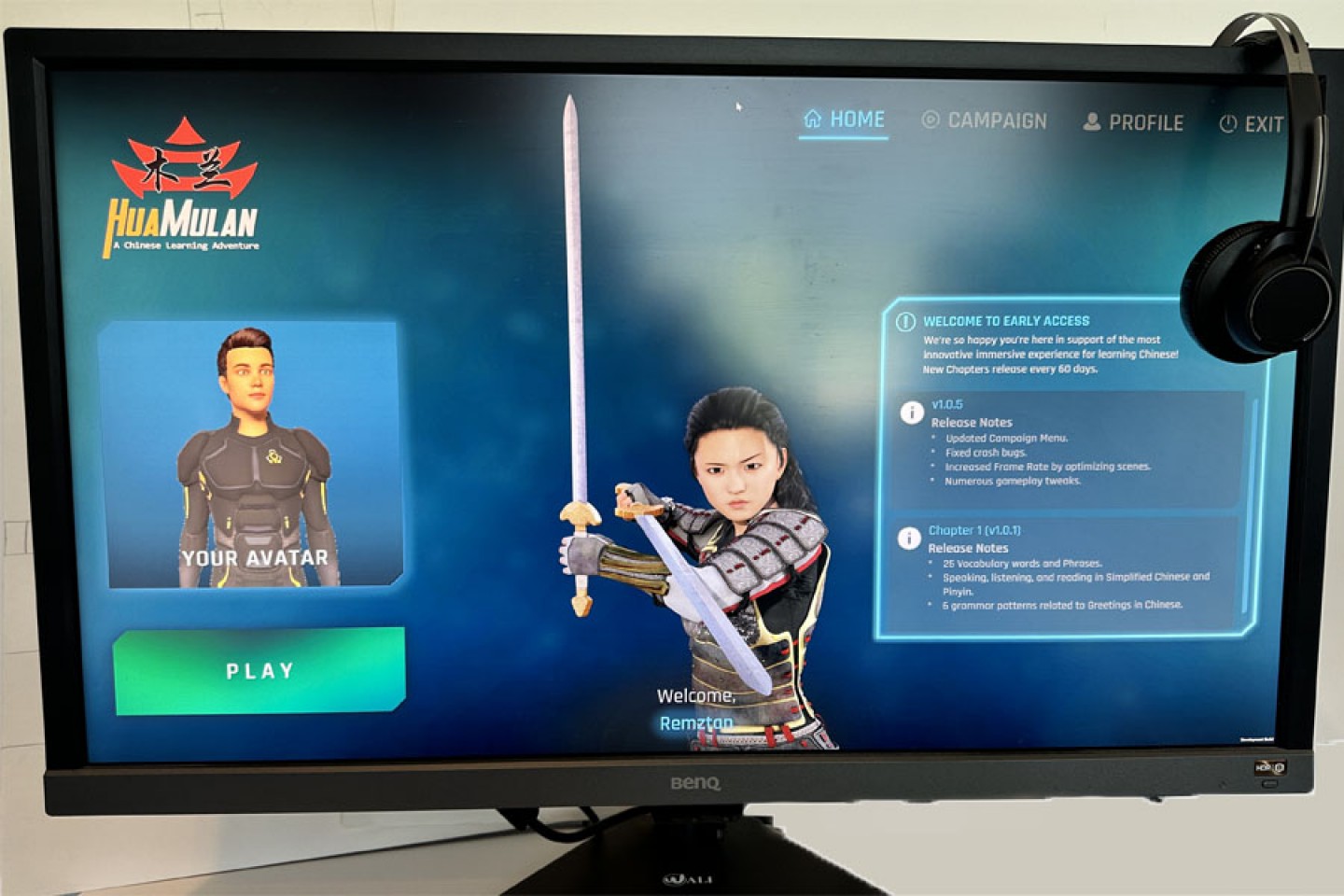
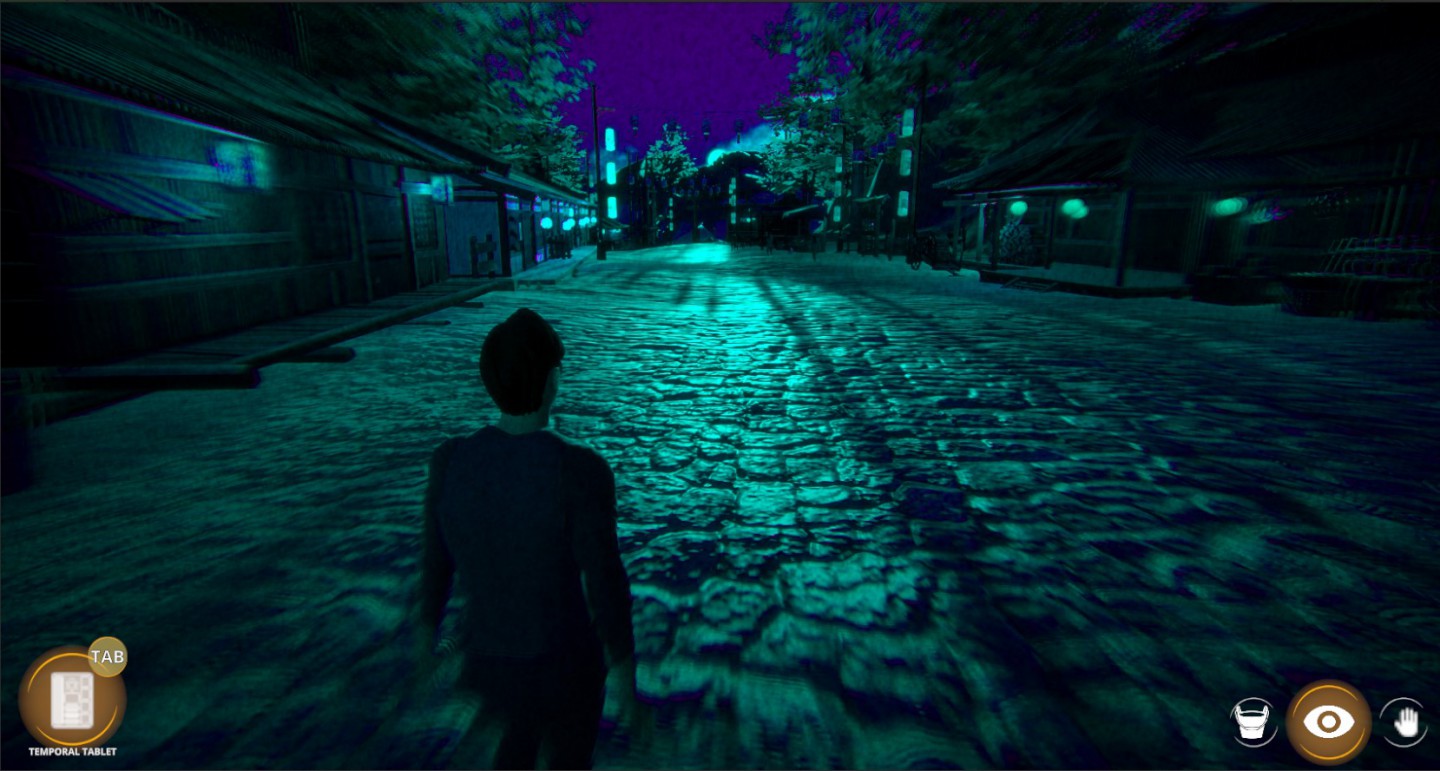
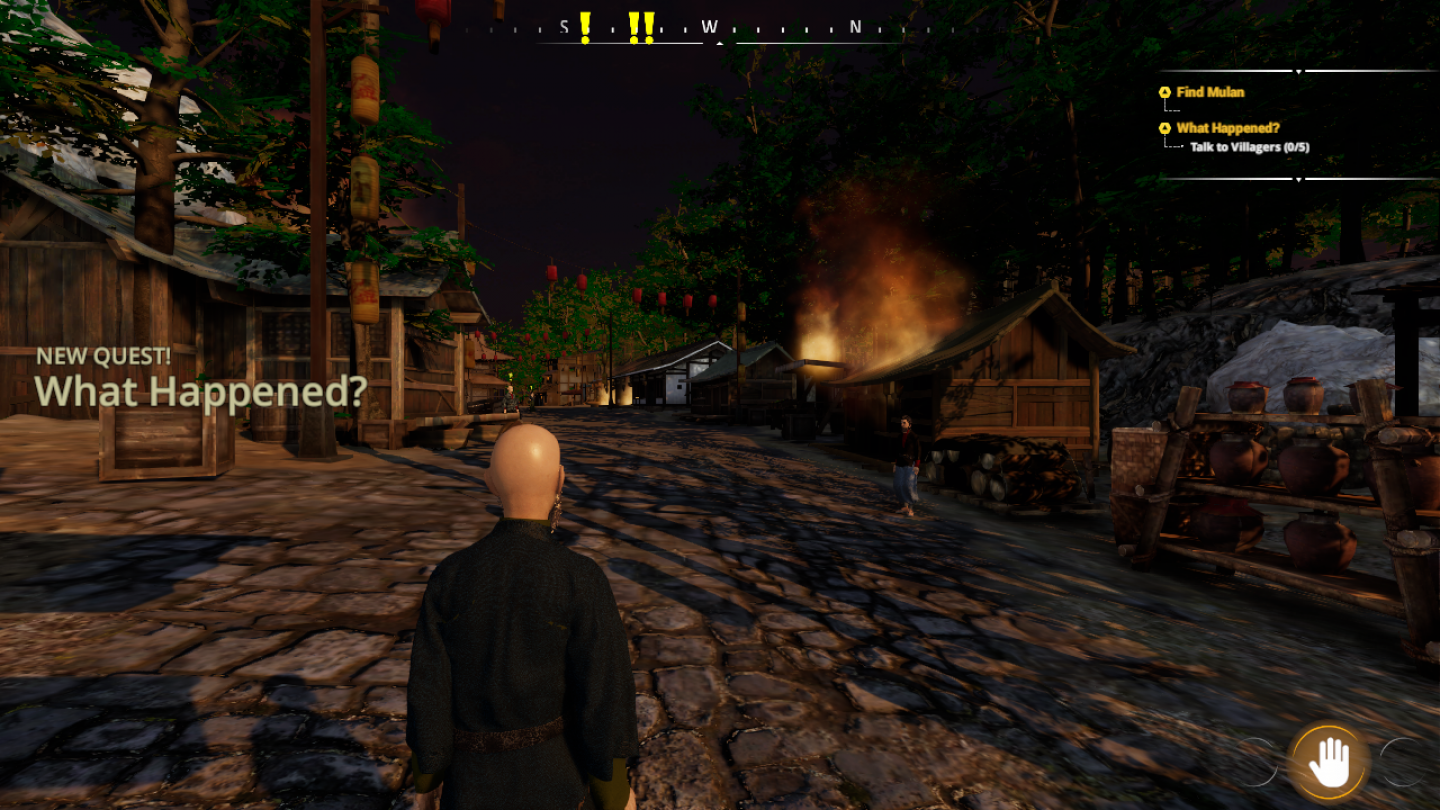

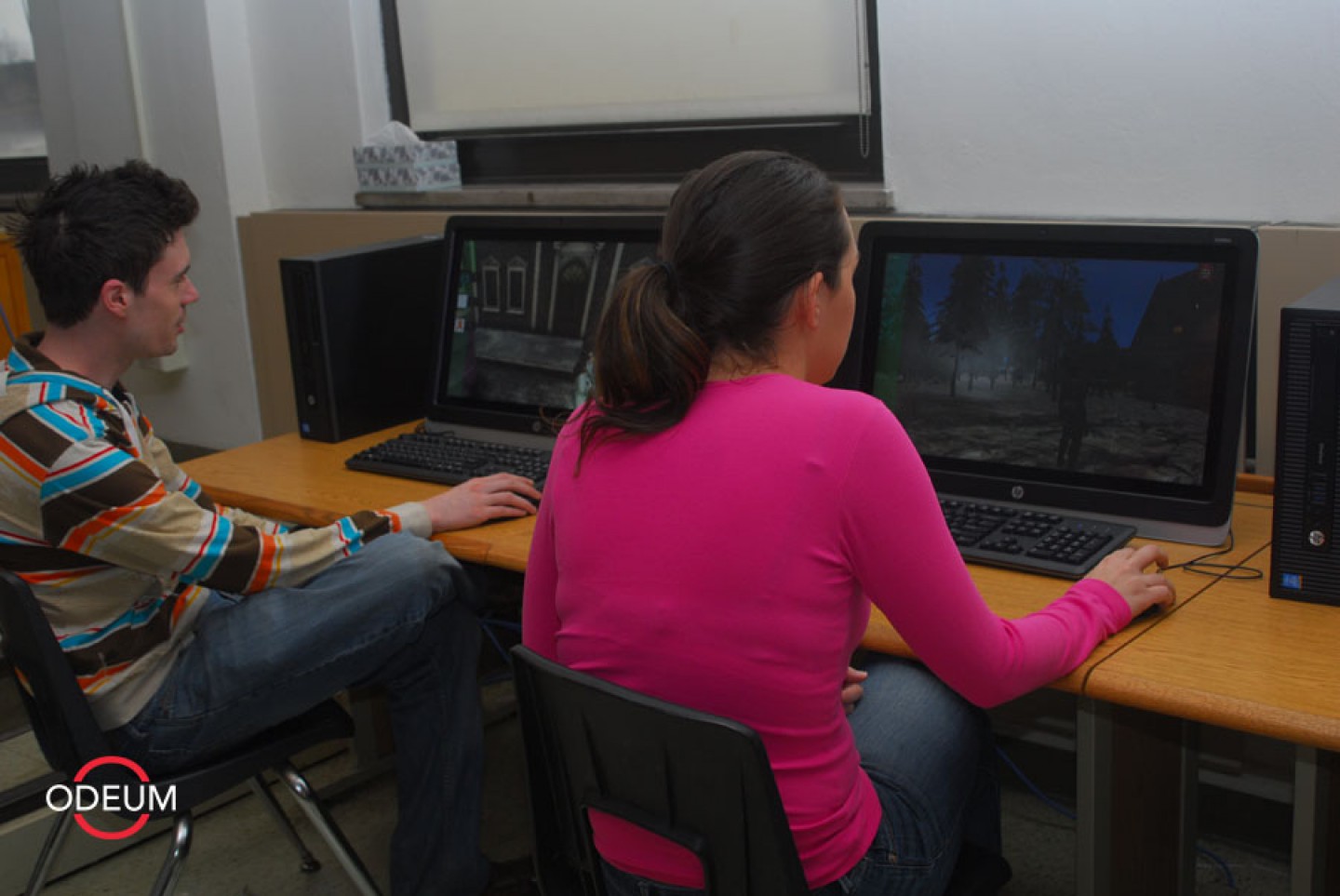
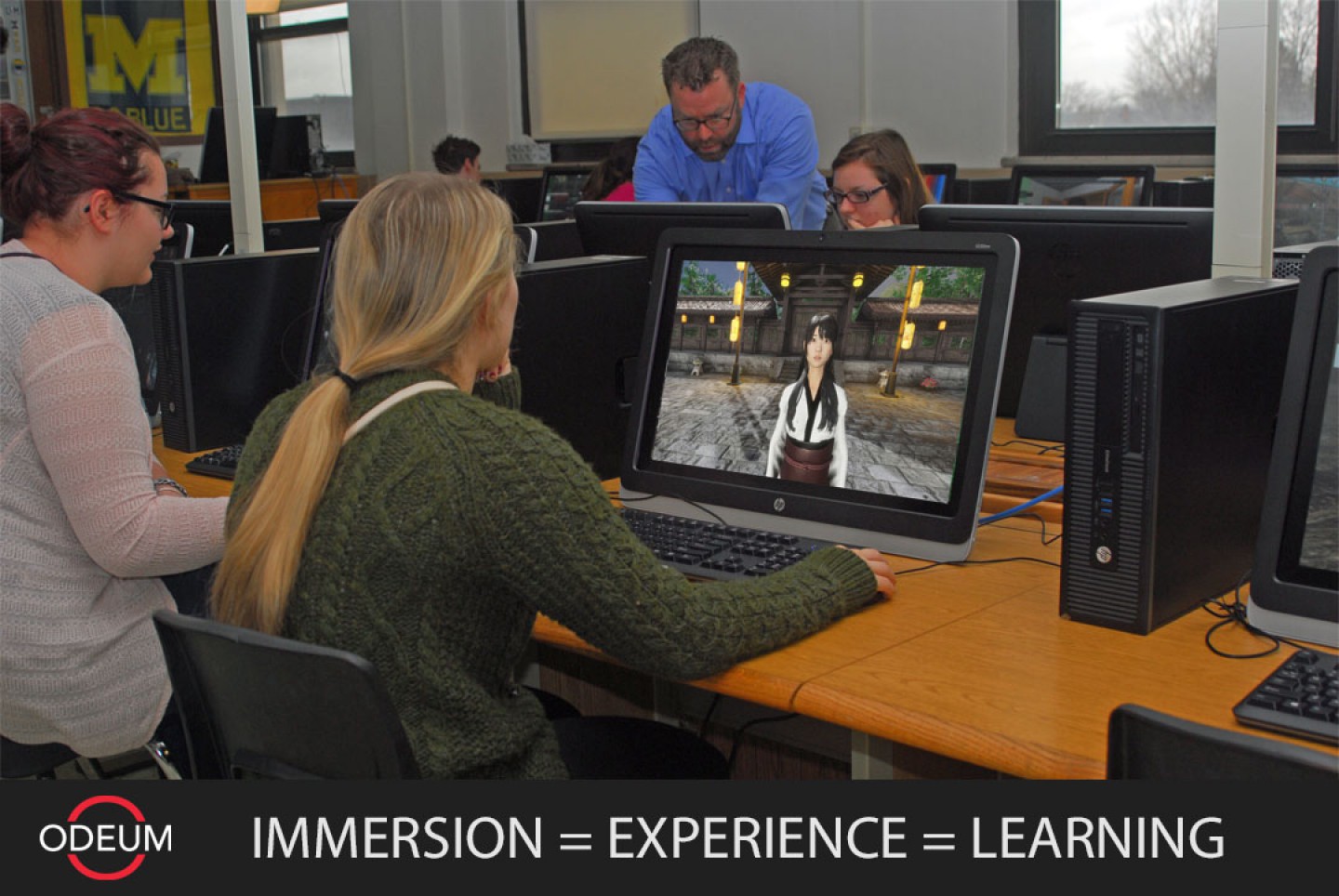


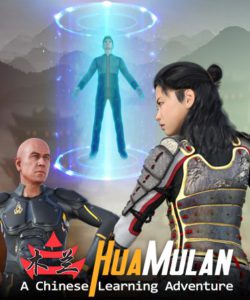
Recent Comments